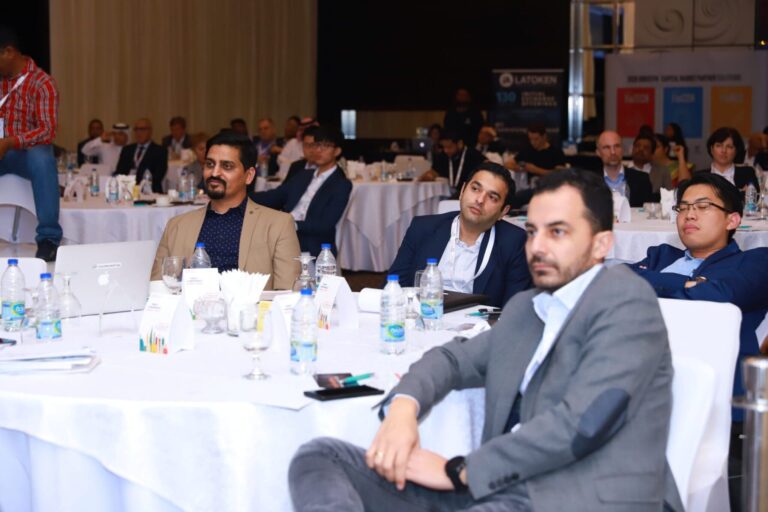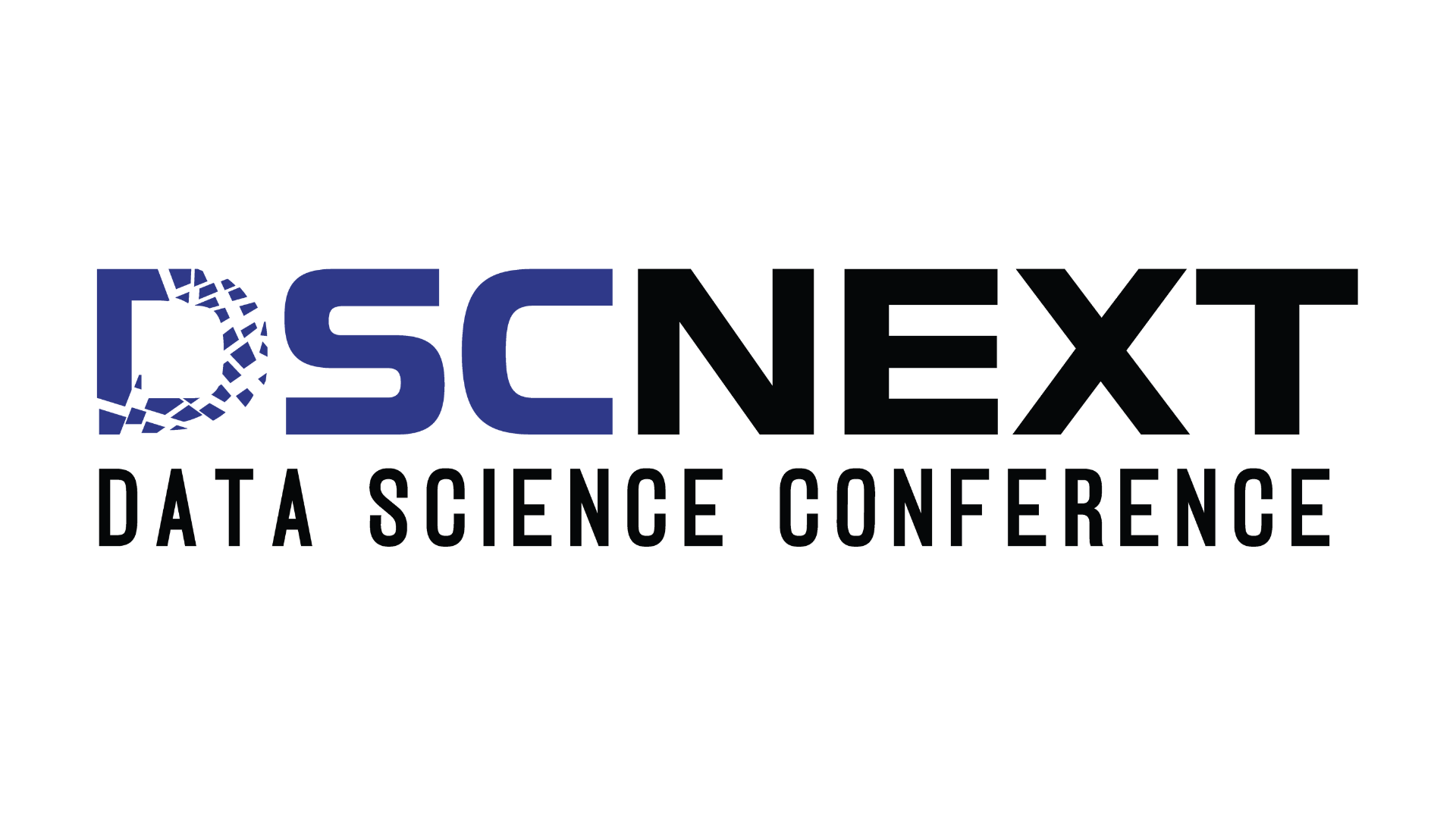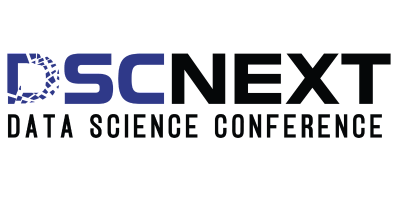Select A topics
Prior to submitting your abstract, you must decide which session's main category you want to present your paper in.
Prepare Abstract
After choosing the presentation's category, you must draft an abstract using the format that is provided on the abstract submission page.
Submit
Finally, you have two options for submitting your abstract: fill out the abstract submission form or send it as an email attachment.
Oral Participation :
Oral presentations are forms of effective verbal communication that may be accompanied by slides. It is imperative that you avoid using your slides as a substitute for your spoken presentation; slides should support your points, not take their place. The audience engagement is diminished when presenters write out their presentations on slides or list every point they want to make. A presentation lacking impact will result from you constantly turning to face your slides or glancing down at your laptop.
Listener/Delegate :
The listener category is designed for attendees who do not present but wish to participate in the event. Listeners can enjoy keynote speeches and insights from prominent speakers and are encouraged to share their own ideas during conference sessions. Additionally, listeners will have ample networking opportunities with both corporate and academic professionals.
Conference Proceedings :
All accepted abstracts will be published in the conference website and appropriate journals according to their respective topics.
Requirements
The conference is soliciting literature review, survey, business case study and research papers and comments including, whilst not limited to, the following areas of interest:
- Data Science & Technology
- Applications of Data Science
- AL & Machine Learning
- Data Science & AI
- Generative AI and ChatGPT
- Public Policy
- AI & Machine Learning
- Artificial Intelligence
- NLP & LLMs
- AI Ethics
- Data Visualization & Data Analytics
- Big Data & Analytics
- Advanced Analytics
- Databases & Data Security
- Neuromorphic Computing
- Cloud Computing

Submission Deadlines
May 19, 2025
June 30, 2025
September 15, 2025
January 27, 2026
Data Science Conference Abstract Guidelines
Abstract submissions should adhere to the following guidelines:
- Abstracts must not exceed one A4 page in portrait layout.
- The title should be concise, centered, and in bold sentence case.
- Co-authors and affiliations should be in italics, with the main author’s name underlined and the presenting author marked with an asterisk (*).
- Abstracts must be in English and limited to 300 words.
- The main body should use Times New Roman, font size 12, justified alignment, and 1.5 line spacing.
- References should be denoted by superscript numbers and listed at the end using standard Chemical Abstracts Source Service Index terminology (YEAR, VOLUME, PAGE).
- Use of figures, graphs, and schemes is encouraged for clarity.
Submit abstracts in MS Word or PDF format via email with the subject line ‘Energy Evolution abstract’ or through the conference website’s online submission method. - Include full details of the main author and presenting author, and specify Oral or Poster Presentation.
- Abstracts larger than 1 MB should be emailed as attachments due to a 1 MB limit for online submissions.
- After the conference, speakers may submit full-length papers to related journals for publication within 2 months, with additional charges.
- A confirmation email will be sent upon abstract receipt; if no confirmation is received within 24 hours, contact the conference coordinator.
- Ethical conduct is paramount; plagiarism and academic misconduct are strictly prohibited.
PEER-REVIEW PROCESS:
All submitted abstracts will go through a peer-review process carried out by a peer review committee. After the successful review of your abstract, we will guide you further in steps towards your presence at our event.
Uploading Your Presentation :
To upload your presentation slides, please visit the presentation upload site and log in using the email address you used for abstract submission. Follow the on-screen instructions to complete the upload. Alternatively, you can email your presentation to the designated conference email ID.
Considerations for PC Users:
Ensure you use appropriate file extensions (.PPTX, .PPSX for newer versions of PowerPoint; .PPT or .PPS for earlier versions). Copy media files to the same folder as your PowerPoint file before inserting them to avoid broken links. Prefer AVI or MPEG formats over WMV for videos or sounds. Use fonts like Arial, Times New Roman, Courier, and Symbol for compatibility with Macs. Avoid squeezing text into placeholders as differences in text rendering between PCs and Macs can cause text to be cut off.
Specifications:
Poster dimensions are guaranteed to be 1 meter x 1 meter. Please note that the poster boards or designated session areas have specific size limitations for posters. It is crucial to meticulously check all posters for typographical and grammatical errors, as well as ensure high-quality images and color usage.
Submission Guidelines :
Before submitting your abstract, ensure the following:
- Proofread your abstract thoroughly.
- Authors’ names and affiliations should be in English.
- Verify the length of your abstract.
- Double-check the spelling of all names.
- Make necessary edits before beginning the submission process.
Contact Information :
For any questions or further assistance regarding abstract submission or participation in the Data Science Conference, please feel free to contact us:
Committee Assistant : Diwakar Chandra Gour
Email : diwakar@datasciencenext.com

